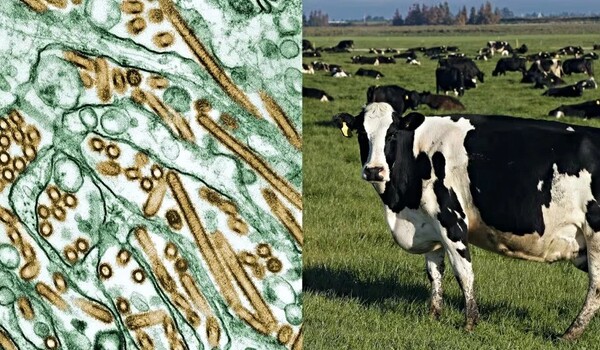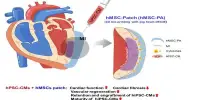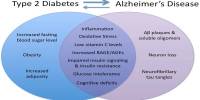As highly dangerous avian influenza spreads in dairy farms across the United States, the virus is being found in raw milk. A recent study by a large group of researchers from Iowa State University’s College of Veterinary Medicine explains why.
Sialic acid, a sugar molecule found on various animal cell surfaces, works as an influenza receptor. Without sialic acid as an entry site to attach, invade, and infect, a flu virus is unlikely to find a potential host friendly.
Prior to the latest HPAI outbreak in dairy herds, little research was conducted on sialic acid levels in cattle mammary glands. Scientists have no reason to believe that milk-producing organs would be an ideal target for influenza.
“In livestock, we hadn’t usually looked in milk for viruses. Bacteria, sure. But not so much viruses,” said Eric Burrough, professor of veterinary diagnostic and production animal medicine.
We need to stop transmission, and one potential solution is to use milking machines, not sure how this is spreading, but that’s one hypothesis.
Todd Bell
A team of Iowa State researchers studied mammary gland samples from two affected cows and discovered a high concentration of sialic acid, which could provide insight on how the virus binds to hosts and help design strategies to reduce the disease’s transmission.
“We need to stop transmission, and one potential solution is to use milking machines. Todd Bell, a professor of veterinary pathology, stated, “We’re not sure how this is spreading, but that’s one hypothesis.”
All milk sold commercially in stores is pasteurized, and research consistently shows pasteurization neutralizes viruses such as influenza. But knowing cows are a biologically suitable home for the flu virus, particularly in their mammary glands, reiterates the dangers of consuming raw milk and raises questions about how milk from infected cows is discarded, Burrough said.
“The idea that the mammary glands are being passively infected is put to rest by this paper,” he said. “They’re pumping out tons of virus, and that’s a risk.”

While HPAI seldom kills cows, it frequently kills birds. According to the US Department of Agriculture, more than 97 million birds have been impacted since the outbreak began. Commercial poultry flocks with the virus are often euthanized.
The ISU researchers analyzed diseased dairy cattle samples, including mammary glands and respiratory tissues, and found receptors for flu strains from birds, humans, and pigs. The existence of two types of receptors raises the risk of a single cell becoming infected with avian and mammalian viruses, which could result in potentially harmful alterations, according to Bell.
The study was published in the July edition of Emerging Infectious Diseases, the Centers for Disease Control and Prevention’s peer-reviewed journal. Thirteen of its 14 co-authors are from Iowa State, including researchers and faculty from across the College of Veterinary Medicine. Another article in the same edition of Emerging Infectious Diseases — with a list of co-authors that includes 10 ISU researchers — describes the initial diagnosis of HPAI in dairy, a finding made at the ISU Veterinary Diagnostic Laboratory this spring.
Rahul Nelli, research assistant professor of veterinary diagnostic and production animal medicine, emphasized the importance of rapid collaboration in the face of new public health hazards. “Having different departments coming together to collaborate was key for this study and will be key for future investigations,” Nelli told me.
Bell suggested that future study could focus on influenza receptors in other animals and organs, such as dairy cattle. The recently published study is based on only a few samples. Scientists will have a better knowledge of how influenza affects cattle when more data is obtained and herds are examined more frequently.
“Surveillance will be really important moving forward, not only through this event but in the years to come,” Burrough told reporters.
















